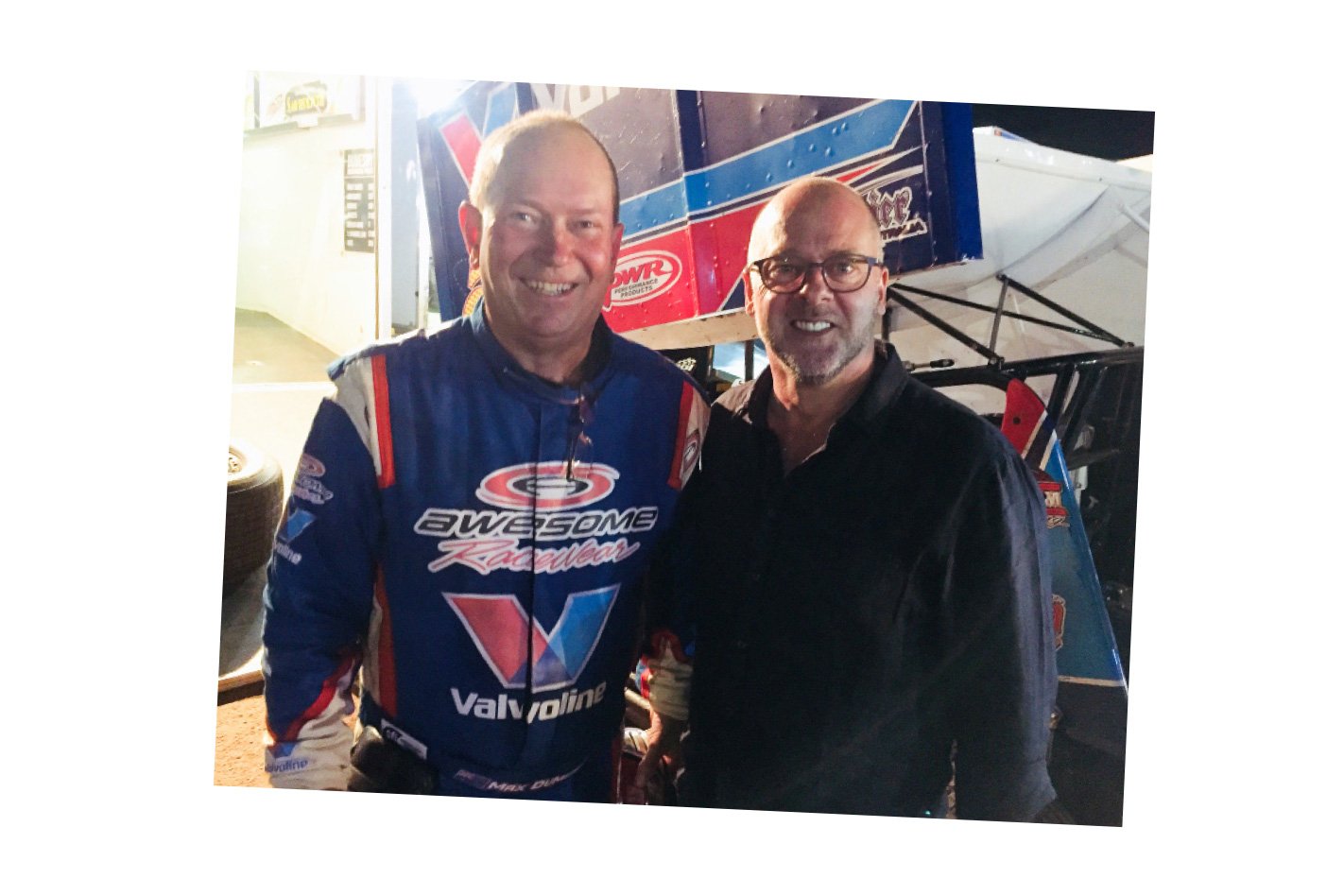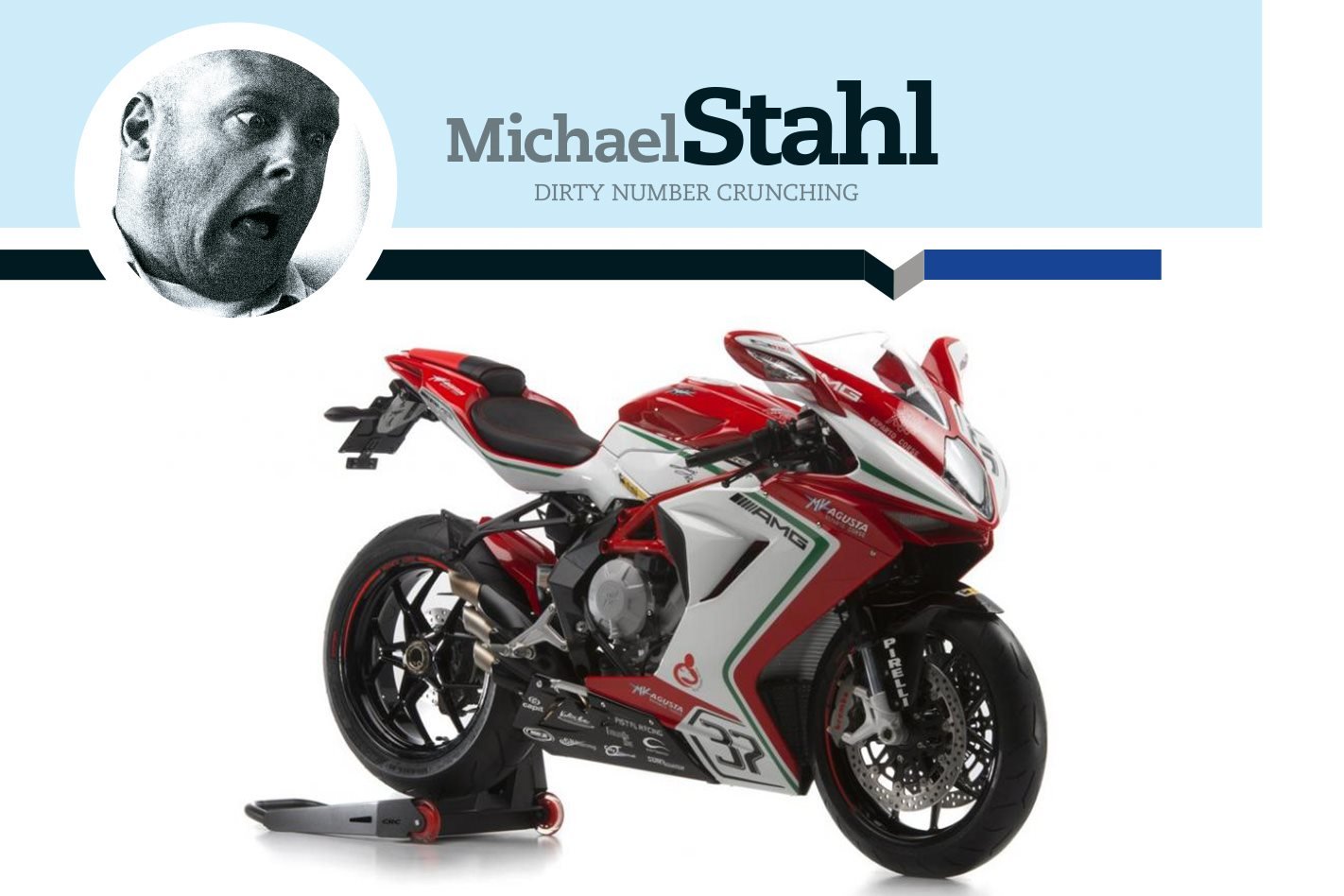The weekend before last, I was a happy little bunny as I’d leaned on a motorcycle company to loan me a bike. I won’t go on about bikes – well, not too much – but MV Agusta’s RC models are the sort of bikes that even non-bike people drool over.
Consider the specs of even the tiddler F3 RC, which was all they’d trust me with: a 675cc three-pot that makes 94kW – at 14,400rpm – for a machine weighing comfortably this side of 200kg.
Then there’s all the tech: four engine maps, eight-stage traction control, two-mode ABS and, neatest of all, clutchless speed-shifting up and down the ’box. Suddenly $26,600 doesn’t seem like much for something that’s a sculpture at standstill, a scalpel on the move.
I won’t bang on any more – except to add that the F3 RC’s big brother, the 1000cc four-cylinder F4 RC ($62K), makes 151kW. To put that into perspective: here’s an atmo engine making 151kW per litre. Atmo-engined cars have yet to crack 100kW.
Right. The point is, I was in hi-tech heaven with the F3 675 RC, basking in the dead-sexy styling, the operatic exhaust note, stepped with instantaneous gearshifts. Does it get any better than this? Well, a week later, it did. Or certainly, it got different.
Every now and then, I take my daughters to the speedway – just as my dad sometimes did when I was a kid. When, sometime in the mid-1990s I went back for a look, it was like a tele-transponder to my childhood: the smell of Castrol R, the swirling pool of tear-off lenses, the house lights blazing as the winner crossed the line.
So last weekend, there I was at the Valvoline Raceway in Granville, Sydney for a round of the Ultimate Sprintcar Championship.
A bare-knuckled, 6.7-litre sprintcar is the farthest thing you could imagine from a jewel-like Italian sports bike: a bloody big V8, spool drive, staggered-size rear tyres, and one brake, on the inside-left wheel.
Yet there are few sounds so visceral, few sights as thrilling as a sprinter wheel-standing under acceleration, front wheels flopping and twisting, clay sods flying as the furiously spinning rear tyre rides the ‘cushion’ at the rim of the track.
I’m convinced there’s something primal in one’s gut response to those engines. I’ve got a theory that the sound frequencies of big-bore V8s tallies with the roar of something that can eat you. And sprintcars are animals.
After the main race – 24 of these brutes circulating on the 460-metre bullring, averaging close to 120km/h – we strolled through the pit area. There, I met Max Dumesny, the three-time national Sprintcar champion and seven-time World Series Sprintcars champion.

I asked Max about the cars. “They’re making around 900 horsepower now and weigh less than 1500 pounds – with driver,” he said (speedway, like drag racing, doesn’t speak in metric). That’s led me to do a quick power-to-weight calculation: the MV Agusta 675, with 85kg of me on board, is carrying 2.98kg per kilowatt; the even more impressive 1000cc four-cylinder has 1.92kg/kW.
The sprintcar? 1.01kg per kilowatt.
Max DNFed from the A-Main, but he had some consolation in being able to watch two of his sons, Matt and Marcus, race on to finish second and fifth, respectively. A third son, Mitchell, and daughter Michaela have also raced sprinters. As, indeed, has their mother Melinda.
And that’s speedway for you; family dynasties, friendly rivalries, helping hands in the pit, a lifestyle on the road. And it occurs to me that the same sort of sub-culture is going on in the close-knit communities of rallying, hillclimbs, drag racing and perhaps others. For about $70 for a family of four, it’s a privilege to be welcomed into it.
Nothing much in speedway seems to have changed in 50 years. Here’s hoping nothing much changes for the next 50, either.





